Did you
know?
Coffee
Terminology
- Aribica
-
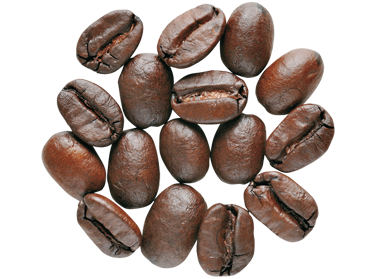
The world’s favorite coffee bean. Grown throughout Central and South America, the east coast of Africa and certain areas of Asia, the Coffea Arabica requires special soil conditions, high altitudes (600-2,000 metres above sea level), and just the right balance of warmth and moisture.
- Barista
-

The term for someone who has been specially trained in making and serving different types of coffee. It comes from the Italian word for ‘bartender’.
- Bird-Friendly
-
A certification that guarantees the coffee has been grown in the shade, under the natural canopy of a tropical rainforest. It protects rainforests from being cleared for sun-grown coffee which, by contrast, supports very few bird species.
- Bouguet
-

The fragrance, aroma, nose and aftertaste of freshly-brewed coffee.
- Cherry
-
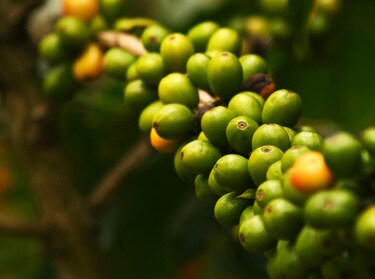
The ripe fruit of the coffee tree. Its seeds, when extracted from the fruit, become green coffee beans.
- Decaffeinated
-

Coffee that has had 97% or more of its naturally occurring caffeine removed is classified as decaffeinated. The mild stimulant is extracted from the coffee bean in its green (unroasted) state. And although there are several different methods, they all use water.
- Drip Brewing
-
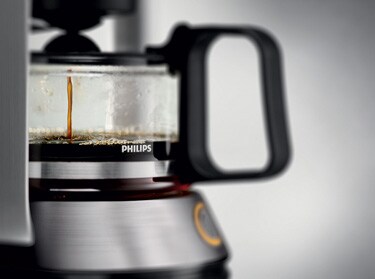
Drip brewing, also known as filter coffee or pour-over, is a method in which hot water is poured over ground coffee in a filter. The brew then drips – by gravity – through the filter into the pot or cup.
- Drying Process
-
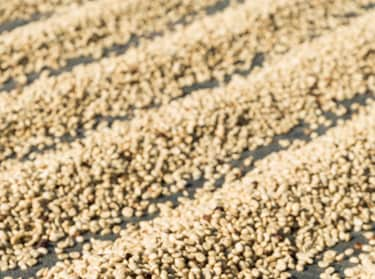
The method used to dry coffee cherries, either by exposure to the sun or in a mechanical dryer. The hard, shrivelled husk is then stripped off the bean by hand or machine.
- Extraction
-
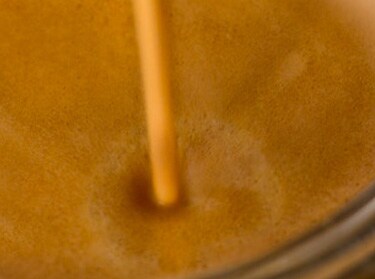
This is how much of the coffee the water draws out during brewing. Optimum extraction depends on a variety of factors such as brew time, temperature and grind size. Under-extracted coffee can taste sour, over-extracted coffee can taste bitter.
- Fair Trade
-
Fair Trade certified coffee is part of a social movement whose goal is to raises incomes and living standards for small farmers worldwide, especially those in developing countries. It also promotes sustainability and helps protect the environment.
- Mocha
-
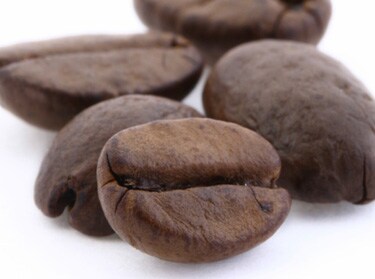
Mocha is a high-quality bean from the Coffea Arabica plant, native to Yemen. It gets its name from the port city of Mocha, once a thriving exporter of coffee in the 15th to 19th century. It’s not to be confused with chocolate-flavored coffee, also known as Mocha.
- Organic
-
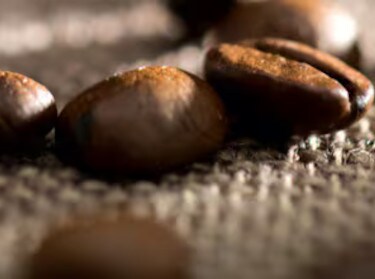
An organic certification guarantees that the coffee hasn’t been exposed to herbicides, pesticides, insecticides or commercially produced fertilisers.
- Pannarello
-
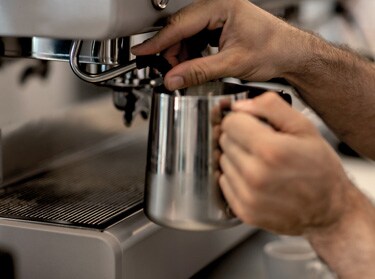
A steam wand that is used to froth milk.
- Peaberry
-
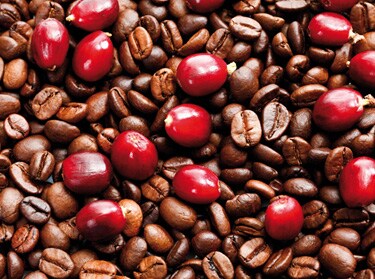
Normally, each coffee cherry contains two beans. Occasionally, a cherry will form with only one bean. These are called peaberries. Renowned for their fine, strong flavour, they are frequently separated from the rest of the harvest and sold at a higher piece.
- Portafilter
-
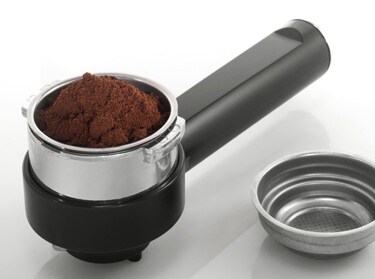
A component of an espresso machine with a filter basket for holding the coffee grounds during brewing.
- Pulping
-
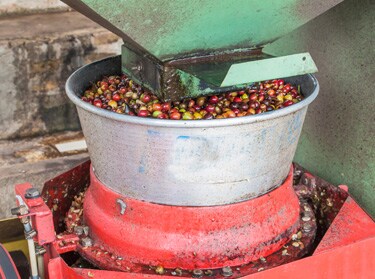
The removal of the pulp and outer skin of the coffee cherry to reveal the coffee bean during the wet process – directly after harvesting the coffee cherries.
- Rainforest Alliance
-
An international non-profit organisation that works to conserve biodiversity and ensure sustainable livelihoods. Coffee bearing the seal originates from – or contains ingredients sourced from – Rainforest Alliance Certified farms or forests. This is also know as shade-grown coffee as opposed to sun-grown coffee which involves clearing forests, not therefore supporting wildlife.
- Robusta
-
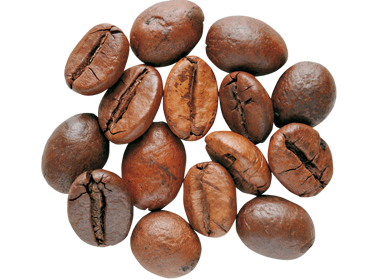
A species of coffee from the Coffea Canephora plant. Mostly cultivated in the tropical areas of Africa and Southeast Asia, it flourishes at altitudes of around 650 metres and at temperatures of between 24º to 29ºC.
- Tamper
-
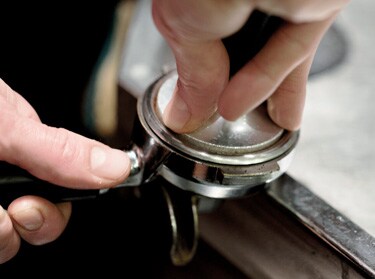
A small, pestle-like device used to ‘tamp’ (compact) the coffee grounds in the portafilter of an espresso machine. This ensures hot water is forced through coffee uniformly for optimum extraction.
- Turkish Coffee
-
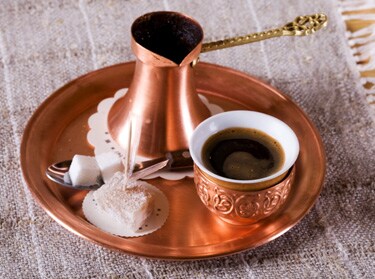
A brewing method of preparing unfiltered coffee with a strong, flavorful taste. Finely-ground coffee is boiled in a 'cezve' (pot) filled with water, usually with added sugar. It’s then poured into small cups and the grounds allowed to settle before drinking.
- Wet Process
-
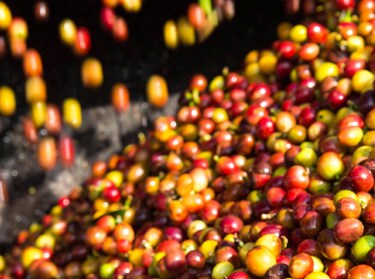
The method in which pulping machines separate the seeds from the pulp of the coffee cherries. To aid extraction, the coffee cherries are first soaked in water. The beans are then dried in the sun or in mechanical dryers.